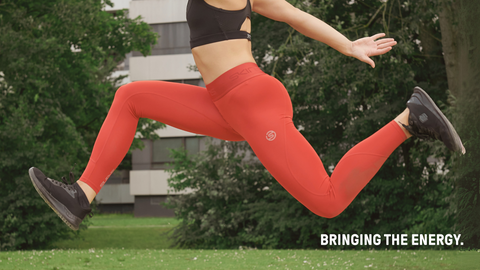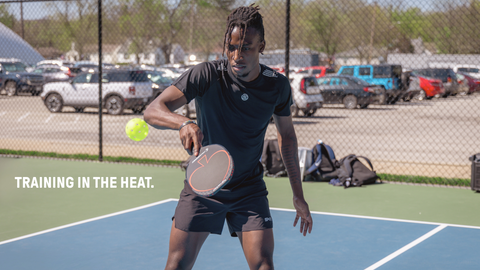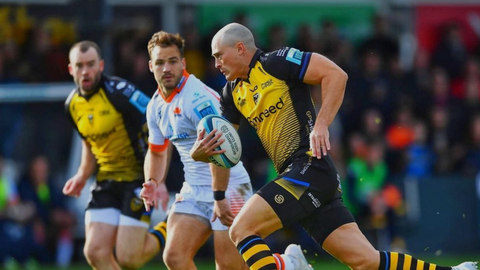SKINS Head Running Coach talks about the importance of recovery.
Much like building a house, training needs to be achieved in stages with solid foundations.
RECOVERY FROM RUNNING
Recovery is the cement that binds all the elements of the house together. As athletes, we know how to train hard, but not many of us know how to recover between sessions. And unfortunately, just as bricks can’t function properly without cement, you can’t train hard without recovery. Recovery refers to the restorative process that the body goes through between exercise bouts. This is where our muscles repair and become stronger; we replenish the energy stores burnt during exercise and rehydrate, ready to take on the next session. Unfortunately, most of the injuries or illnesses athletes pick up are caused by athletes not making the most of this process.
Many people will have heard of delayed onset muscle soreness (DOMS), especially in a gym context. DOMS occur in the first 48hrs post-exercise, and it refers to your muscles being inflamed and therefore sore. This 48hr period is also where the key muscular adaptation phase occurs. Your muscles rebuild and remodel themselves, which in a more intense running context enhances your aerobic capacity—taking training to your maximal aerobic capacity. This puts your body under a lot of stress, and to make the necessary adaptations; your body needs a bit more time to recover. Compared to an ‘easy run’, the strain on the body isn’t as severe, so the recovery period isn’t quite as long. It’s essential to consider your recovery periods around training sessions to get the most benefit out of your hard work.
HOW TO RECOVER PROPERLY FROM RUNNING
As we have established, maintaining training consistency is really important for your training, and the recovery aspect of your training is the glue that sticks all the other components together. The best ways to recover quickly between exercise are first to consider what your warm down protocol is. After your sessions, ensure you are taking sufficient fuel onboard. If you find it hard to eat post-run, make sure you drink your recovery fuel. You need to be taking on a minimum of 20g of protein and carbohydrates, too, as this can reduce muscular soreness in the days after training. This should be on a roughly 3:1 ratio of carbohydrate to protein.
Sleep is also crucial when it comes to your training; studies have suggested that increasing sleep time can significantly reduce your risk of injury. This period also allows for some good muscular adaptation without any muscle breakdown as you aren’t walking around. Finally, compression garments are common practice among athletes; the technology in SKINS products helps increase blood flow to the muscles. Using SKINS for recovery can help reduce muscle soreness post-exercise and speed up the recovery process between sessions.
WHAT NOT TO DO IN RECOVERY
There are also some key things not to do in your training to help improve your recovery. Firstly, don’t schedule back to back hard training sessions! For example, if you have intervals on a Tuesday and a run to complete on Wednesday, make sure Wednesday is nice and easy! Generally, Joshua likes to give athletes 72hrs of recovery after hard sessions except for long runs, which is why it’s crucial to keep your long runs in the easy zones and not push the pace too hard.
Another big mistake people make is smashing out a massive intervals session in the morning and then heading out for 4hr walks in the afternoon. This will cause more muscle damage and leave your legs in a state for your next workout. Instead, try and plan your social activities around your running, so they both fit in. If you know you have a big walk planned, maybe push your session forward by 24hrs to improve your recovery time.
Remember to respect the recovery process. We usually only realise when it’s too late that we aren’t recovering correctly between sessions. So stay disciplined, plan well, eat well, wear suitable recovery garments (SKINS obviously!) and get plenty of sleep. Remember the study we mentioned in week one about completing 90%+ of planned training – the recovery process is one of the main underpinnings behind this!






